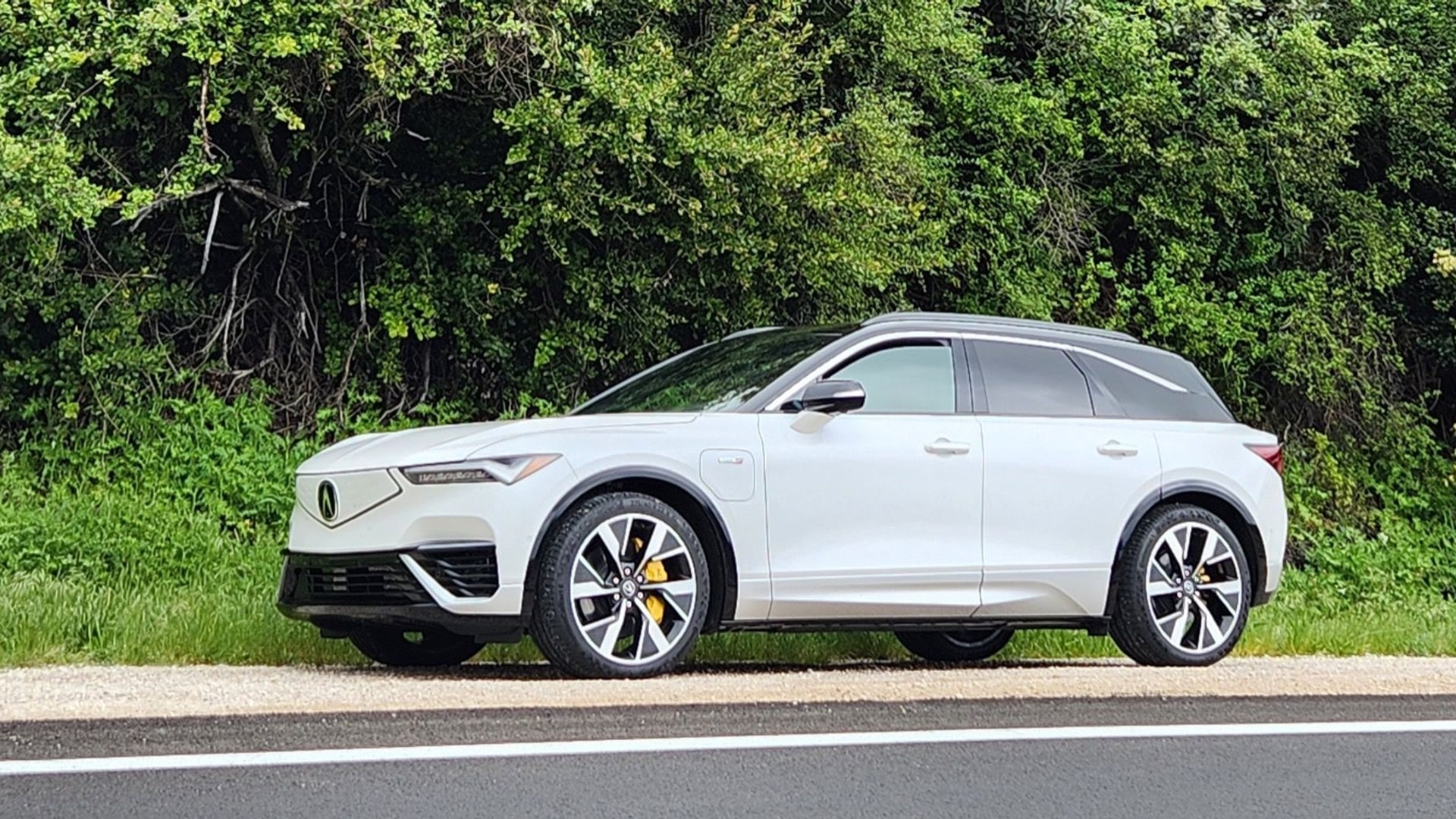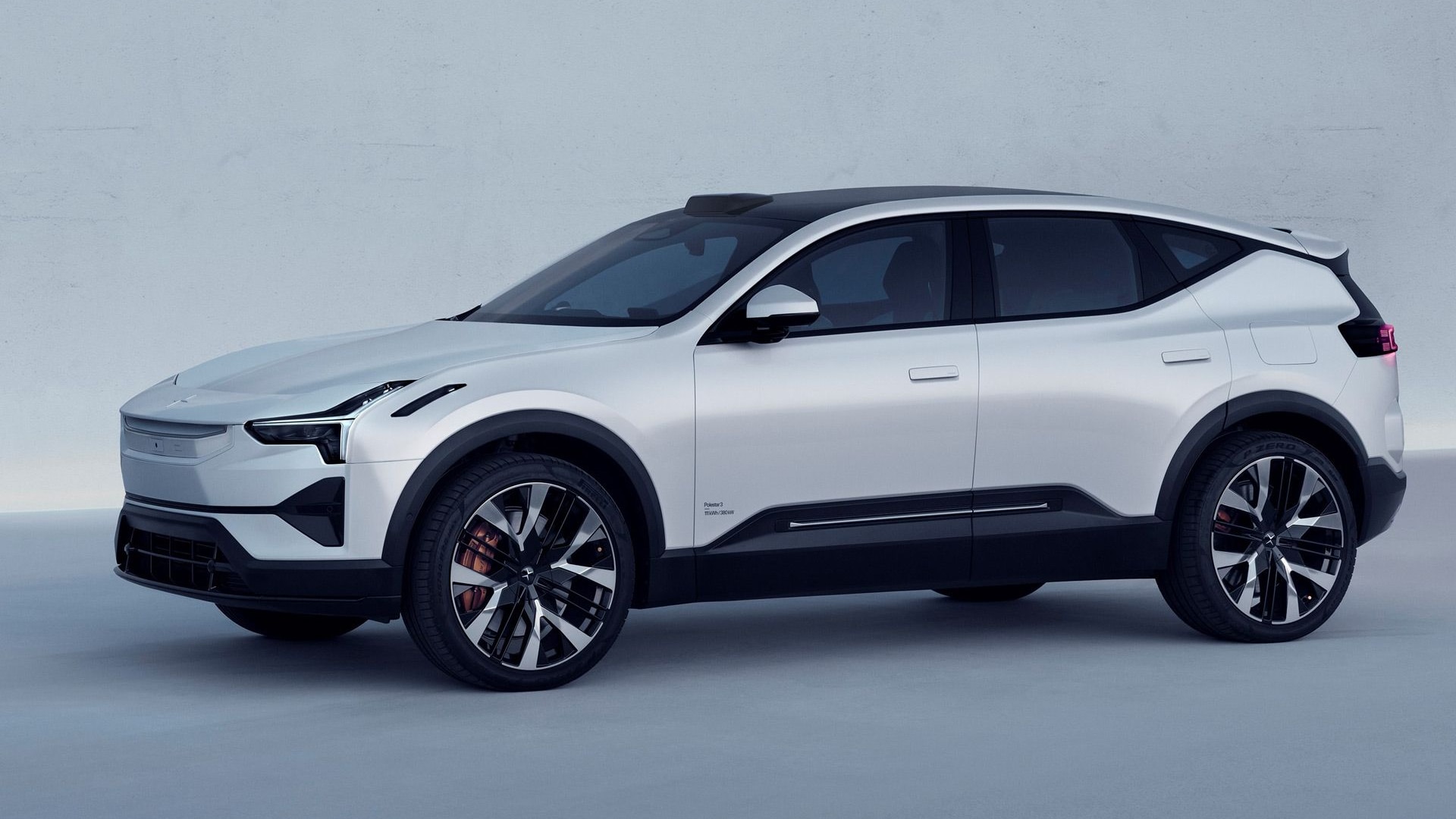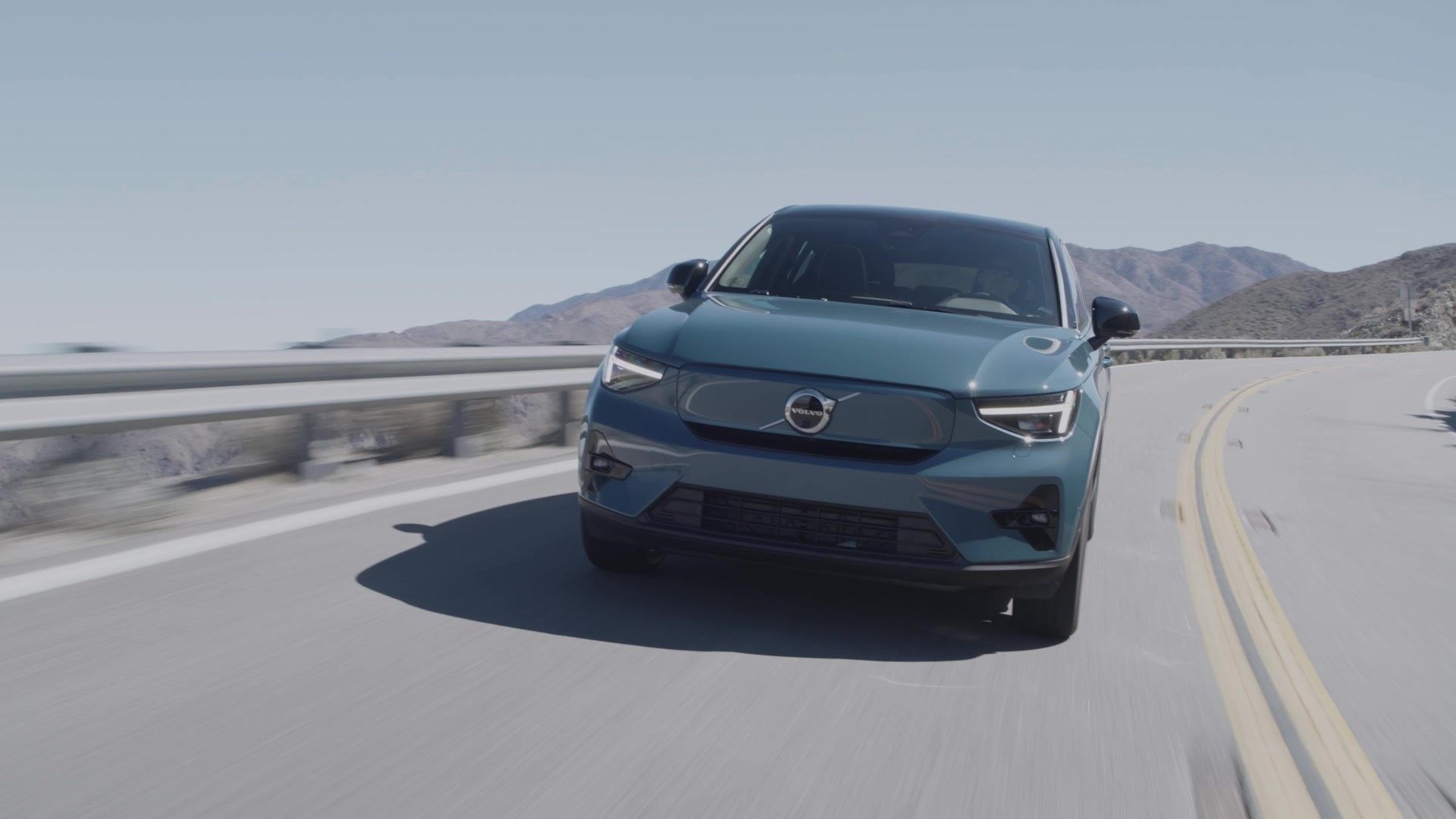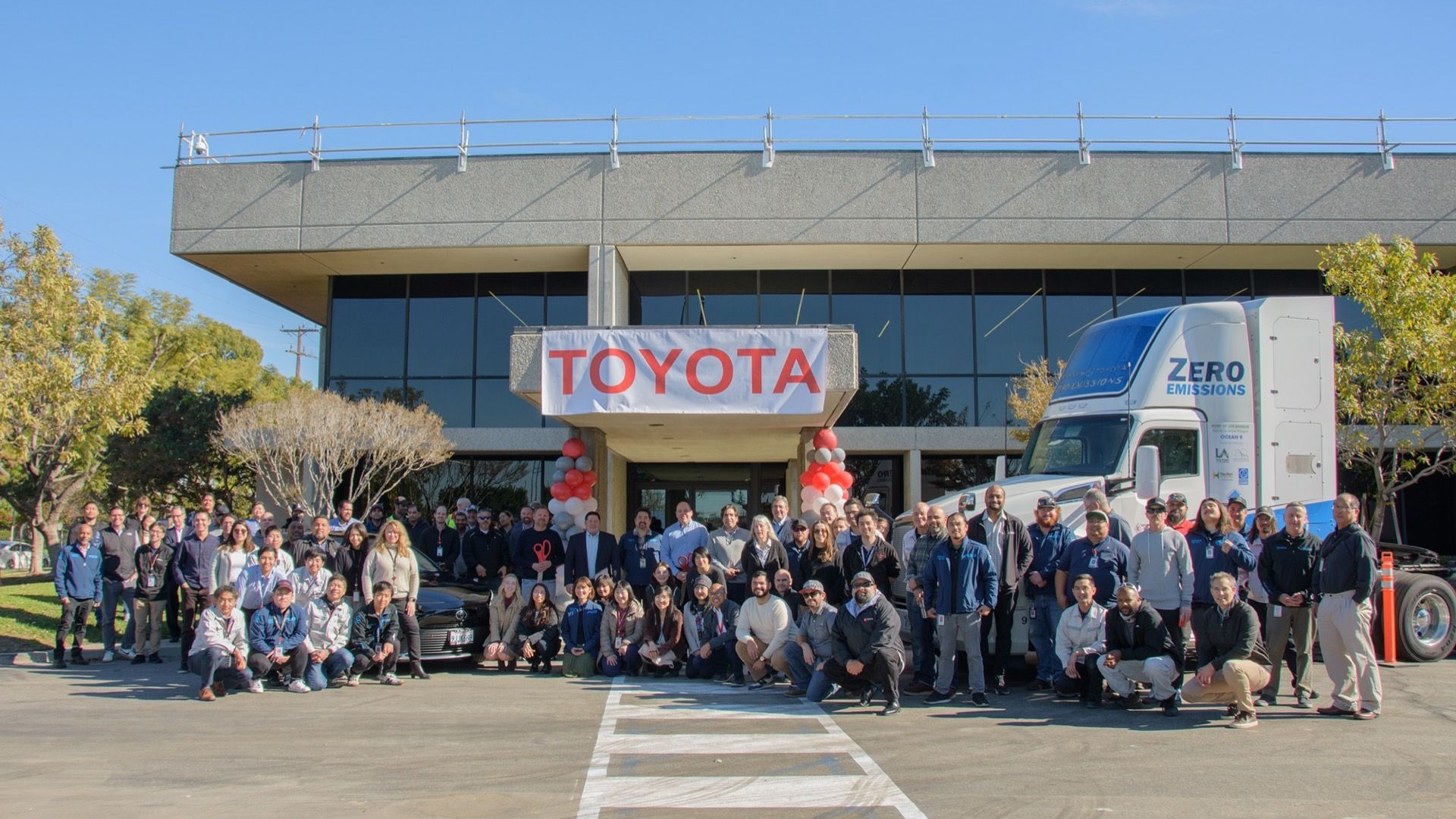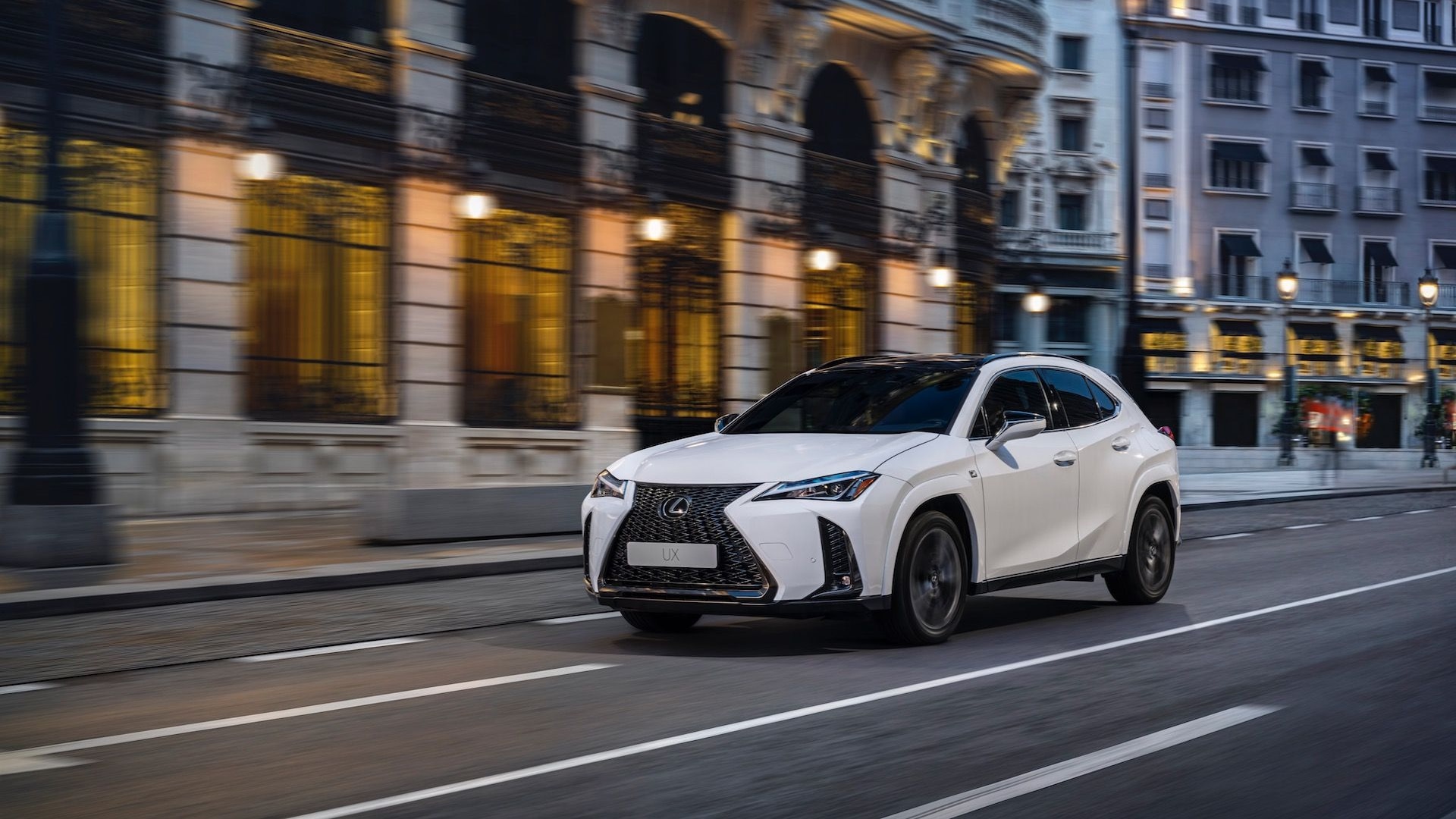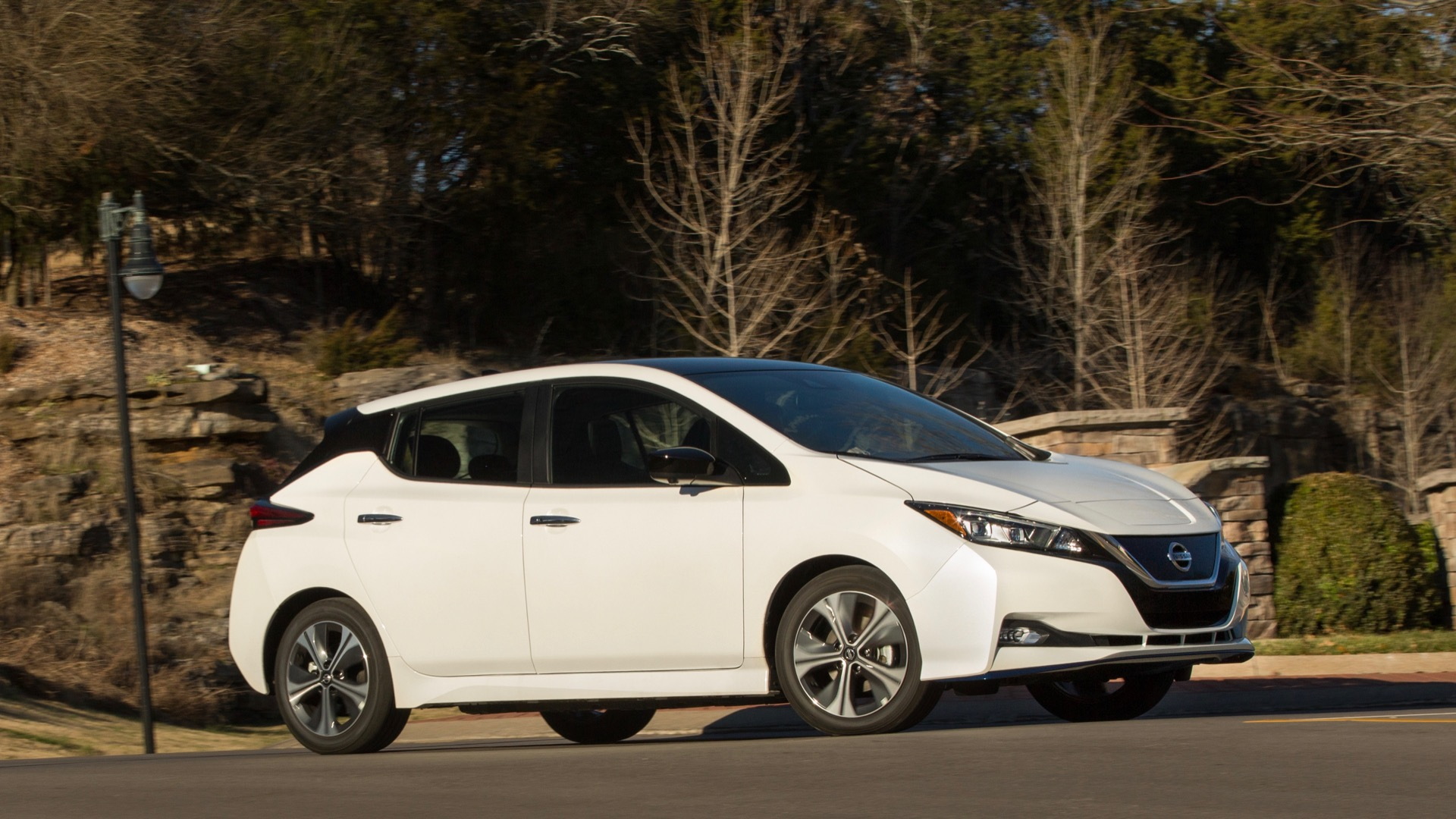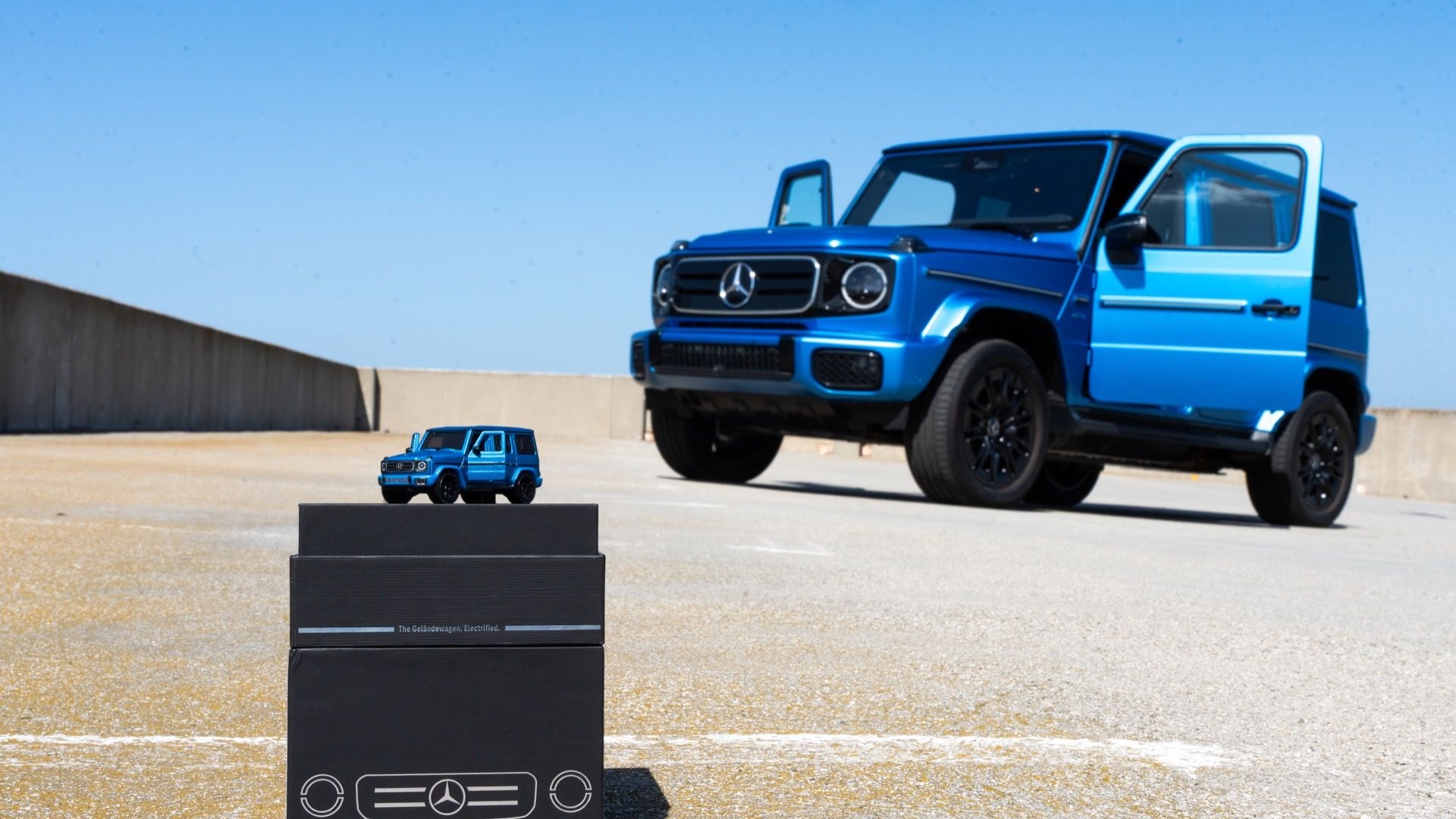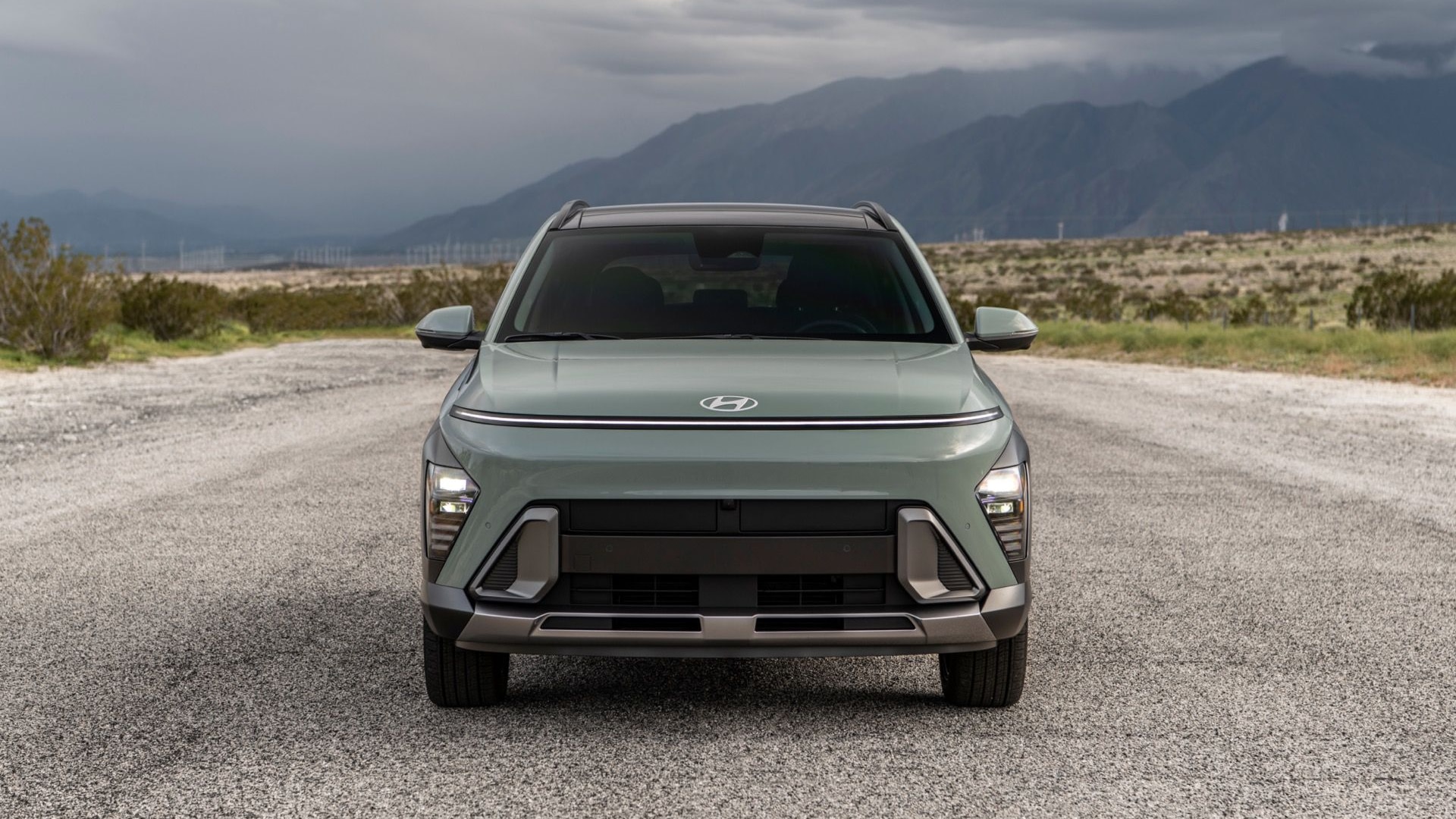Some of the EV's normal negative points - expense, lack of range - are less of a problem in low-volume, low-usage supercars. Throw a high-performance electric motor in the mix, and it seems like a perfect match.
Mercedes-Benz clearly agrees, hence the existence of the SLS AMG E-Cell: a brightly-colored, electric-powered variant of its SLS AMG "gull-wing".
Technologically advanced
We've seen the SLS AMG E-Cell before at a couple of auto shows, but you may not be aware of all the technology under the hood.
The E-Cell is no home conversion, that's for sure. In fact, it's just as thoroughly-engineered as a regular SLS, as befits a vehicle that Mercedes intends to put into limited-run production in 2013.
Classically-inspired styling aside, the SLS E-Cell's main focus is on the drivetrain. Electric motors for each wheel - mounted in-board rather than in-wheel, to reduce unsprung weight - give the E-Cell great traction.
With 525 horsepower on tap and 649 pounds-feet of torque from a standstill, this is every bit the performance machine. Each of those motors can vary in output, allowing for a sophisticated "torque vectoring" effect, where almost infinite adjustment can keep the car on your chosen cornering line, and deliver perfect traction.
A mixture of carbon-fiber reinforced plastic, and aluminum in the bodyshell helps keep the weight to a managable level.
Formula 1-inspired tech
It's not all about the motors, nor the carbon-fiber structure.
Carbon-ceramic brakes help bring the bright yellow beast to a halt, and they can withstand high temperatures, just like racing brakes. Pushrod-style suspension has been specially developed for the car, as the presence of those electric motors has required a change in suspension layout.
The technology closest to the world of F1 would be that of the E-Cell's regenerative braking, which has used expertise from F1's Kinetic Energy Recovery System (KERS).
The E-Cell's system uses a high-voltage (400-volt), 48 kWh battery, with liquid cooling. As with other electric cars, energy is recuperated when braking. Mercedes claims the highest electric load potential of any car in the electric market, and parallel circuitry for the individual battery modules - 12, with 72 lithium-ion cells in each - helps improve safety, reliability and service life.
You may wonder how relevant cars like the SLS E-Cell are to regular electric vehicles.
Aside from the halo-effect of these cars - just think of the image boost cars like the Tesla Roadster have given the industry - lessons learned at the top-end of the market where price is little issue can allow development costs to fall for cheaper products.
So although few of us will ever get to enjoy cars like the SLS E-Cell, we'll be benefiting from its technology for many years to come.

